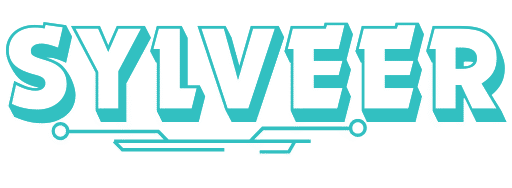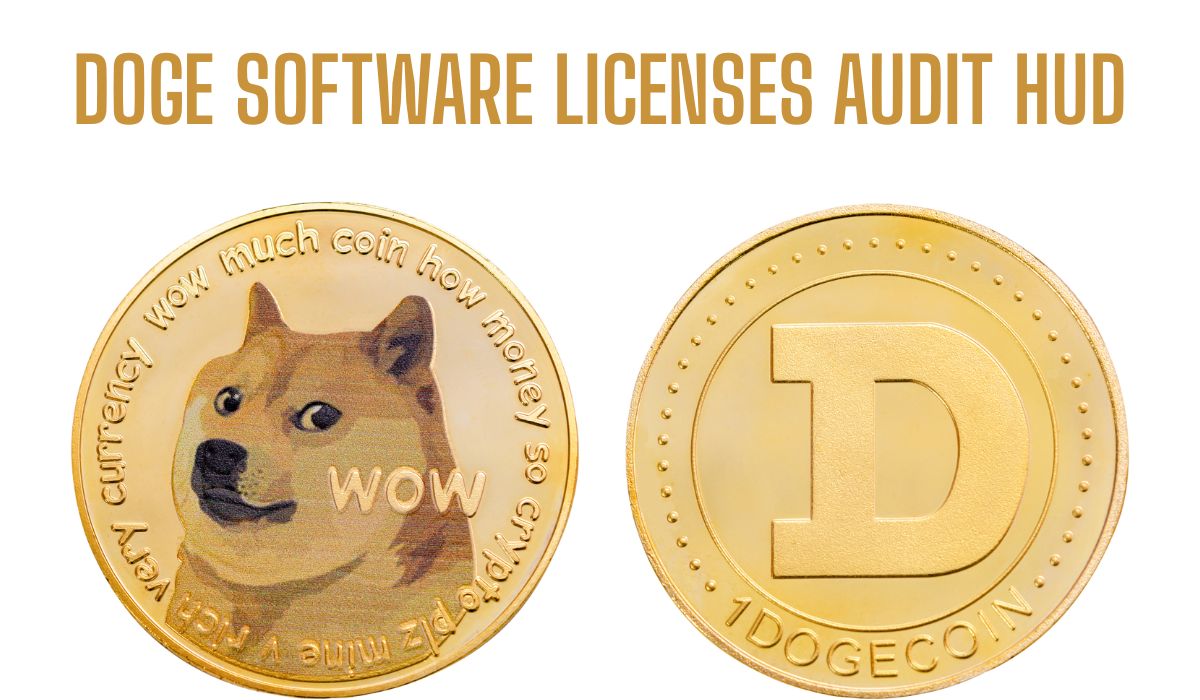In a digital landscape increasingly driven by open-source collaboration, proprietary development, and rapid deployment, managing software licenses has become a critical necessity. The term “Doge Software Licenses Audit HUD” represents an emerging conceptual tool that combines playful branding (“Doge”) with serious infrastructure, focusing on the visualisation and auditing of software licenses through a centralised interface or “HUD” (Heads-Up Display).
What is Doge Software Licenses Audit HUD?
Doge Software Licenses Audit HUD is a hypothetical or conceptual tool designed to audit, monitor, and visualise software license usage across applications, systems, and development environments. It aims to combine a lightweight and user-friendly interface (possibly inspired by gaming HUDs) with robust backend tools that can identify licensing issues, alert developers of violations, and maintain compliance across an organisation’s codebase.
This tool doesn’t exist as a commercial product (yet). Nevertheless, it represents a vision for a more innovative and intuitive license auditing solution, instrumental in environments that utilise a mix of open-source and proprietary components.
Key Features
1. Real-Time License Detection
The system automatically scans all code repositories and third-party integrations, flagging any license that requires attention or conflicts with existing policies.
2. Heads-Up Display (HUD) Interface
Unlike conventional dashboards, the HUD overlays real-time compliance data within development environments or deployment systems, allowing teams to monitor risk without needing to navigate away from their workflow.
3. License Type Categorisation
Whether it’s MIT, GPL, Apache, or proprietary, each license is grouped and visually coded for easy identification and quick decision-making.
4. Risk Scoring Engine
Each license is scored based on legal compatibility, risk of litigation, and operational constraints. This helps teams prioritise issues that pose the greatest threat.
5. Auto-Generate Compliance Reports
Developers or legal teams can generate instant compliance reports to share with stakeholders, clients, or auditors.
6. Team Collaboration Tools
Built-in messaging, tagging, and note-sharing tools enable developers and legal advisors to collaborate directly on resolving license concerns within the HUD.
7. Doge Mode (Optional Fun Layer)
For a touch of personality, the system might include a whimsical “Doge Mode” that adds meme-style notifications, like “Wow! GPLv3 detected. Many restrictions. Very cautious.”
Uses
- DevOps Teams: Monitor License Compliance During CI/CD Workflows.
- Legal Departments: Audit internal or vendor software for license integrity.
- Open-Source Projects: Ensure community contributions align with the project license.
- Enterprise IT: Track license exposure across large application stacks.
- Startups: Simplify legal risks before scaling or seeking investment.
Benefits
✅ Legal Compliance
Helps organisations avoid accidental violations that could lead to lawsuits or forced product changes.
✅ Increased Developer Awareness
Empowers developers to understand the licenses they work with, improving responsible development practices.
✅ Time-Saving Automation
Manual audits are time-consuming. This tool accelerates compliance checks and reporting, saving hours—or even weeks—of work.
✅ Risk Reduction
By identifying license conflicts early, teams can replace or rewrite code components before they become legal liabilities.
✅ Transparency for Clients & Investors
Startups and vendors can demonstrate that their products are license-safe, increasing trust and marketability.
✅ Fun + Function
The “Doge” theme adds a unique and engaging layer to an otherwise dry task, making compliance work more approachable.
Conclusion
While “Doge Software Licenses Audit HUD” may not be a currently available product, it represents a forward-thinking fusion of license management, interface innovation, and developer-centric design. The playful naming captures attention, but behind it lies a serious intention: to enhance our understanding, management, and compliance with software licenses.
As organisations continue to rely on complex webs of third-party code, having a tool like this, combining transparency, automation, and real-time feedback, will be more valuable than ever.
FAQs About Doge Software Licenses Audit HUD
Q1: Is Doge Software Licenses Audit HUD a real tool?
Not yet. It’s a conceptual framework that outlines how license audits could be made more user-friendly and efficient.
Q2: What makes this different from regular license auditing tools?
Its emphasis on real-time data, visual overlays (HUD), and developer-first design makes it stand out.
Q3: Why use a Doge theme for a compliance tool?
Humour and visual engagement can reduce fatigue and increase attention to important compliance tasks.
Q4: Can this be integrated into CI/CD pipelines?
In theory, yes. The ideal version would integrate directly with CI/CD workflows to verify license compatibility before deployment.
Q5: Who should use a tool like this?
Any organisation or team that relies on third-party code, whether startups, large enterprises, or open-source projects.

